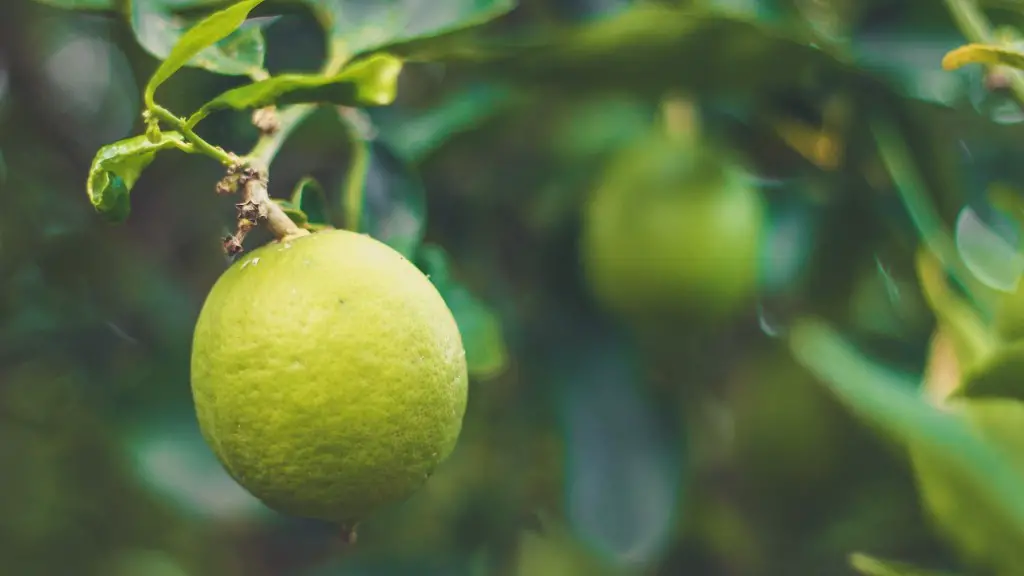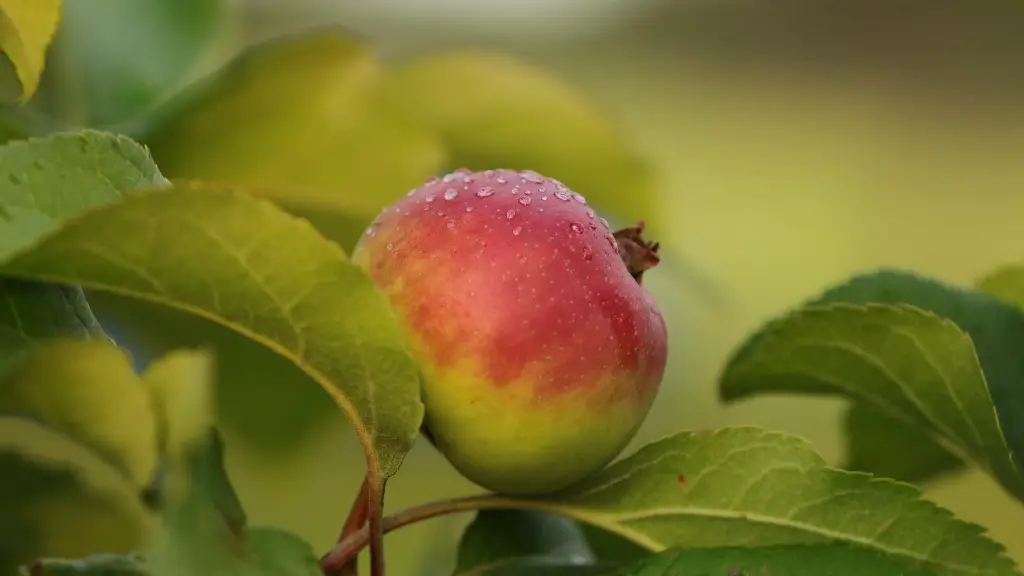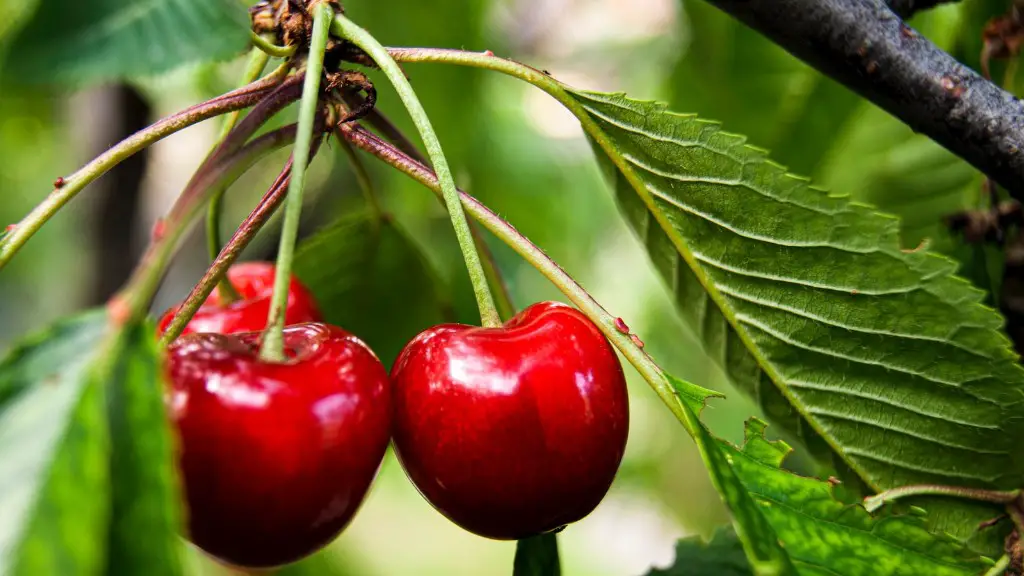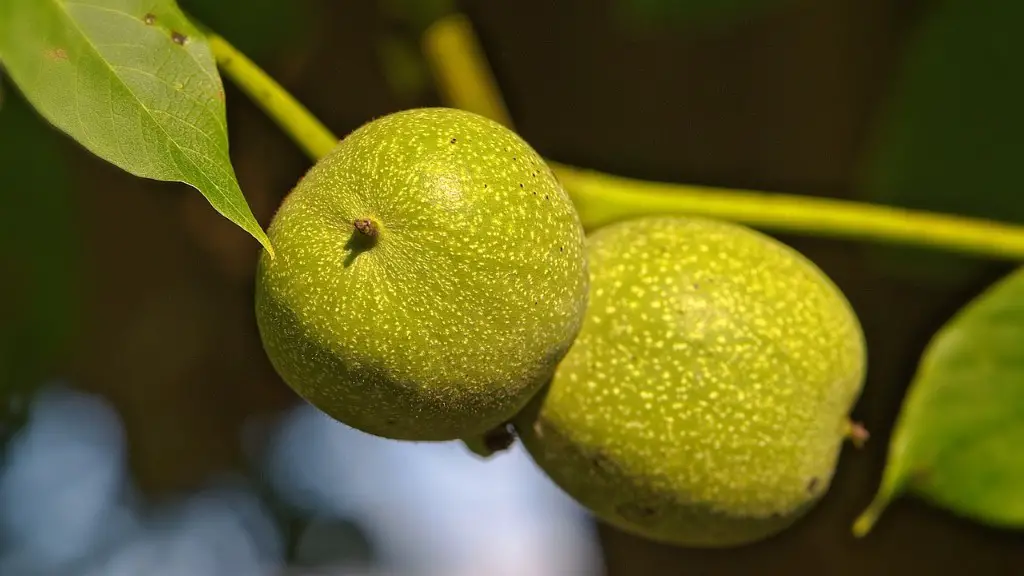Lemon tree is often grown in temperate climates due to its high yield of fruit. Lemons are an essential part of many food recipes and decorative arrangements. But how long does it take for lemon tree to fruit? The answer can vary depending on a range of factors. In general, it takes about four to 10 years for a lemon tree to produce its first fruits.
The time frame for a lemon tree to fruit relies heavily on its maintenance. For instance, if the tree is planted in a sunny area, with proper watering and fertilizers, the tree will bear fruit earlier than if neglected. Moreover, the weather conditions in a given year may also accelerate or delay the process of fruiting. A warmer season can make the tree mature faster.
The amount of sunlight a lemon tree receives also affects its development. If the tree is planted in a shady area, its growth rate will be slow. A lemon tree needs at least six hours of direct sunlight to bear fruit. Additionally, different varieties of lemon tree can take longer or shorter to fruit. Cultivars like Tahiti, Lisbon, Eureka, and Femminello are known to produce fruit sooner.
In addition to its environment and maintenance, the age of the tree also plays a role in its fruiting. If a lemon tree is planted from a seed, it may take up to 15 years until it begins to produce flowers and fruits. On the other hand, a tree grown from a cutting will usually bear fruit in two to four years.
Once the tree starts growing, its owners can maximize fruit production by pruning it in the spring. It is important to remove dead and extra branches, as well as branches that are not growing well. Soil should also be noted. If it’s poor or weak, fertilizer should be applied. For an increased yield of lemons, trees should also be pollinated with a small cotton swab or a soft paintbrush.
Last but not least, a good lemon tree will bear fruit every year. But if certain conditions are not met, for example if there is a lack of water, the tree will experience a bad fruiting season. Hence it is important to invest enough time and patience in a lemon tree to ensure a regular production of fruits.
How to Grow a Lemon Tree
Growing a lemon tree is an enjoyable but challenging task that requires attention, knowledge and patience. First, a suitable area should be chosen in order to ensure the tree’s growth. A location with direct sunlight and well-draining soil is ideal. The rootstock should be planted in a hole that’s slightly larger than the rootball. In order to reach full maturity and optimal fruiting, a lemon tree usually needs to be fertilized and watered regularly.
Once the tree starts growing, specialized soil mixtures or fertilizers should be applied to enhance its development. A balanced fertilizer with a ratio of 10-10-10 should be used four times a year, while ammonium sulfate or urea should be applied just once a year. Excessive fertilizing may damage the tree, so it’s important to monitor lemon tree’s growth and adjust accordingly.
Lemon trees also require pruning. This helps promote greater air circulation and reduce fungal diseases. Dead and small branches should be pruned in the spring, and any branches that are overcrowding or crossing should be cut away. It is also important to remove flowers that have not been pollinated in order to increase fruit production. Besides, pruning will keep the tree compact and give it a nice shape.
Protecting the tree from pests and diseases is also paramount. If a lemon tree is infested with harmful insects or infected with a disease, special treatments should be provided. Insecticides and fungicides should be used only as a last resort, because they can damage the tree’s bark and deprive the ground of nutrients.
Last but not least, it is important to remove the fruits when they are ripe. Overripe or rotten fruits should be removed and destroyed, as they can lead to fungal infections. With proper maintenance, a lemon tree can provide a homeowner with a rich harvest of fruits throughout the year.
When to Harvest Lemons
Homeowners who want to harvest lemons must take into account their type, season and ripeness when choosing their fruits. Most lemon trees will bear fruits multiple times during the year, although the seasons of peak production can vary depending on the variety. For instance, the Meyer lemon tree will bear fruits from late winter until early spring. Lebanon’s Femminello variety, on the other hand, will produce fruits from May to October.
When it comes to ripeness, lemons should be left on the tree for at least six months before picking them. The lemons should look yellow, in most cases, and feel firm to touch. In order to know whether the lemon is ripe, it should be picked and cut in half. If the inside has changed its color to pale yellow, the lemon could be ripe. The seeds should also be hard. If they are soft, the fruit is probably overripe.
Lemons are also very sensitive to cold. For this reason, they should be harvested before the first frost of the year. Otherwise, the owner may end up losing his entire crop. To avoid this, the tree should be monitored regularly before the frost season arrives. If it is time to harvest, pick each fruit individually and store the lemons in a cool and dry place.
If the conditions are suitable, a lemon tree can provide an abundance of fruit for many years. It is important to note, however, that each tree is different and thus its needs may differ. Paying close attention to the environment and the tree itself is essential in order to ensure a plentiful harvest of lemons.
Importance of Maintaining a Lemon Tree
Maintaining a lemon tree is essential for a productive and healthy life cycle. It is crucial to note that when a lemon tree is neglected, its development will be slower, and it may even become weak or die. Therefore, it is important that the tree receives the care and nutrition it needs to thrive.
The most basic form of maintenance is pruning. Pruning helps ensure that the tree has enough oxygen and nutrients, as well as a pleasing shape. It also reduces the risk of branches falling off due to their own weight or strong wind. Finally, fertilizers are also very important because they provide the nutrients needed for fruit production.
Providing adequate water to the tree is also vital for its growth and health. Lemon trees need at least one inch of water each week. It is recommended to provide deep waterings twice a week or late in the morning, in order to reduce water evaporation. In addition, each owner should check the soil periodically to make sure it is moist, since dry conditions can damage the tree’s roots.
Protecting the tree from pests, animals and diseases is also essential. Insecticides and fungicides can be used as a last resort if the tree becomes infected. To prevent disease from ever occurring, the area around the tree should be free of weeds, as well as any dead vegetation. Moreover, fallen fruit should be collected and disposed of, in order to avoid any potential disease-causing agents.
Lastly, monitoring the tree’s growth and production is a must. It is important to note any changes in the growth rate, flower production and fruit ripening. If any of these affects the growth of the tree, then adjustments should be made in the care routine in order to support the tree’s health. A fruitful lemon tree can last a very long time.
Pest and Disease Prevention
Keeping a lemon tree healthy and productive can be a challenging task due to the presence of harmful insects and diseases. To ensure the health of the tree, it is important to take preventive measures and inspect it regularly. Common pests that can affect a lemon tree are aphids, thrips and scale insects, which can damage and stunt the tree’s growth.
In order to prevent an infestation, owners should inspect their trees carefully and monitor the leaves and fruit for possible infestations. Insecticides can be used in extreme cases, although they can damage the tree if applied too frequently. Neem oil is a natural and effective insecticide that can be used to keep pests away.
The most common disease that affects a lemon tree is the citrus canker, which manifests itself as tiny spots on the leaves and fruits. In order to prevent the disease, a good trick is to spray the tree’s trunk and branches with a copper-based fungicide. This will help to protect the tree against canker, as well as other diseases.
Besides, it is important to remember that lemon trees are sensitive to cold temperatures. They should not be exposed to temperatures below 20 degrees Fahrenheit (-6 degrees Celsius). To protect the tree from cold winds, a burlap cloth can be used to cover the trunk and branches. Additionally, it is important to mulch the soil surrounding the tree, as this can help provide insulation for the roots.
To sum up, providing the proper care and attention to a lemon tree can go a long way in protecting it from pests and diseases. Regular inspections of the tree, as well as the soil, are key elements to keeping it healthy and productive.





